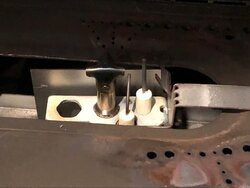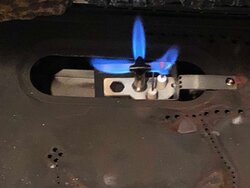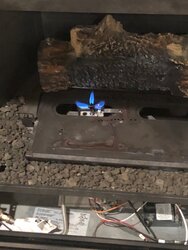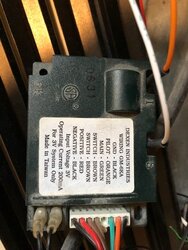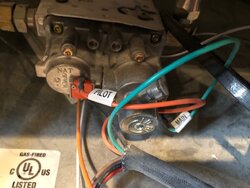I have a Heatilator gas fireplace Model CD4236IR. I am unable to determine why flame does not expand or strengthen after ignition. See photos.
1) Entire pilot assembly was replaced a couple years ago and fireplace was in good working order.
2) Pilot ignites easily and blue flame is present but flame never expands or strengthens after lighting.
3) Today I inspected entire pilot assembly for dirt or corrosion and it was very clean. I lightly cleaned the rods just in case and vacuumed the area. I repeated ignition and flame remains the same as seen in photos.
Thoughts on further troubleshooting? Thanks!
1) Entire pilot assembly was replaced a couple years ago and fireplace was in good working order.
2) Pilot ignites easily and blue flame is present but flame never expands or strengthens after lighting.
3) Today I inspected entire pilot assembly for dirt or corrosion and it was very clean. I lightly cleaned the rods just in case and vacuumed the area. I repeated ignition and flame remains the same as seen in photos.
Thoughts on further troubleshooting? Thanks!


